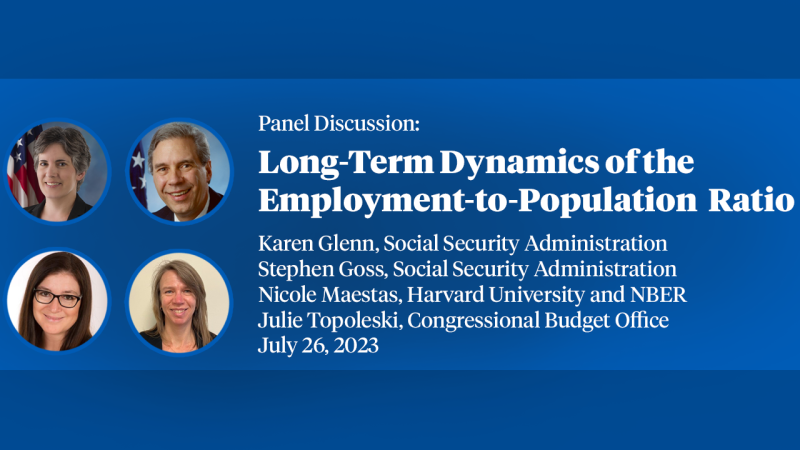Static and Dynamic Resource Allocation Effects of Corporate and PersonalTax Integration in the U.S.: A General Equilibrium Approach(Rev)
This paper presents estimates of static and dynamic general equilibrium resource allocation effects for four alternative plans for corporate and personal income tax integration in the U.S. A medium-scale numerical general equilibrium model is used which integrates the U.S. tax system with consumer demand behavior by household and producer behavior by industry. Results indicate that total integration of personal and corporate taxes would yield an annual static efficiency gain of around $4 billion (1973 dollars). Partial integration plans yield less. Dynamic effects are larger, and our analysis indicates that full integration may yield gains whose present value is as large as $400 billion or 0.8% of the discounted present value of the GNP stream to the U.S. economy after correction for population growth. Plans differ in their distributional impacts, although these findings depend on the nature of replacement taxes used to preserve government revenues. The size of dynamic resource allocation effects are sensitive to the choice of the replacement tax, while static gains are reasonably robust.
Published Versions
Fullerton, Don; King, A. Thomas; Shoven, John B.; and Whalley, John. "Corporate Tax Integration in the United States: A General Equilibrium Approach, The American Economic Review, Vol. 71, No. 4, (September 1981), pp. 677-691.


